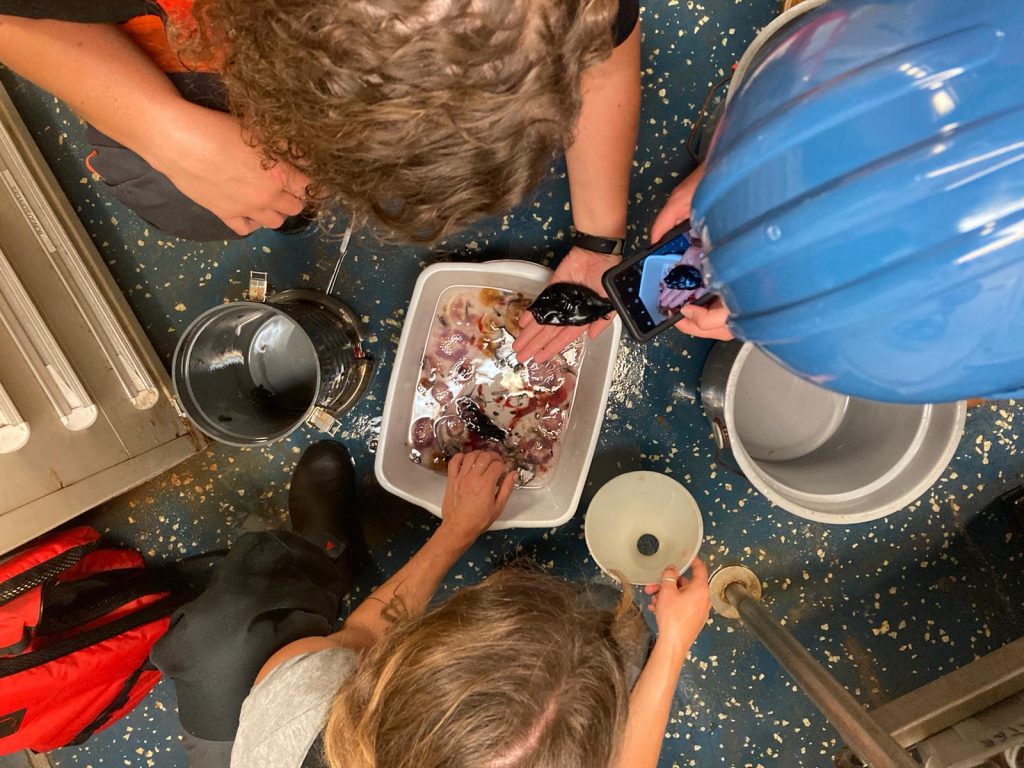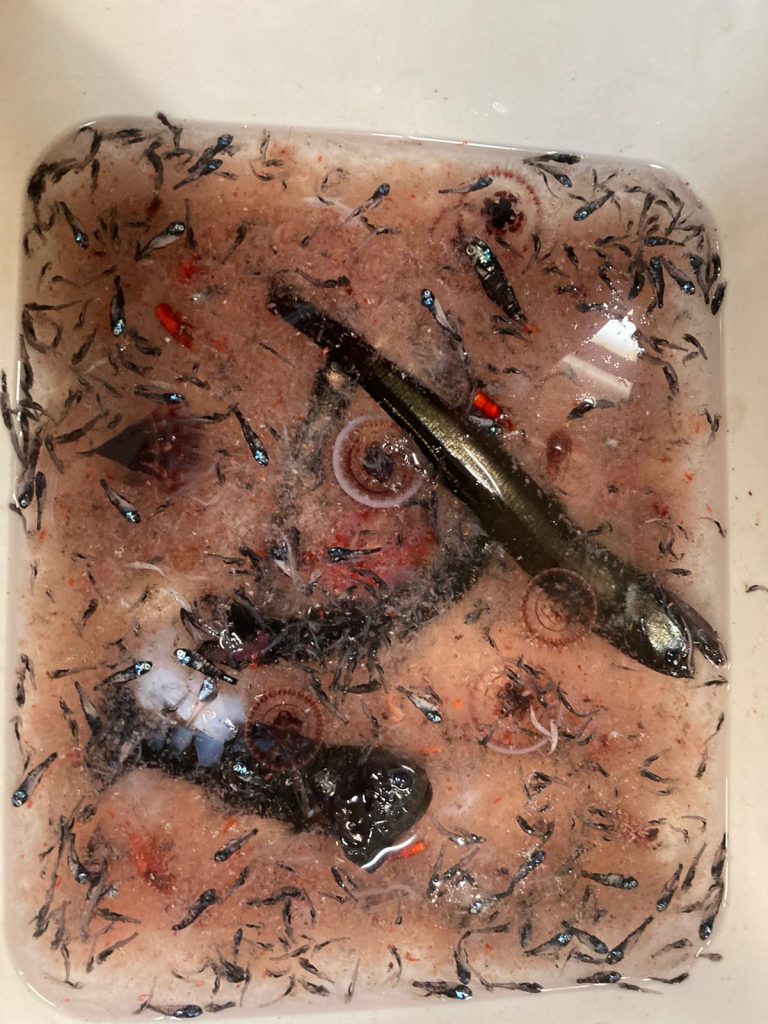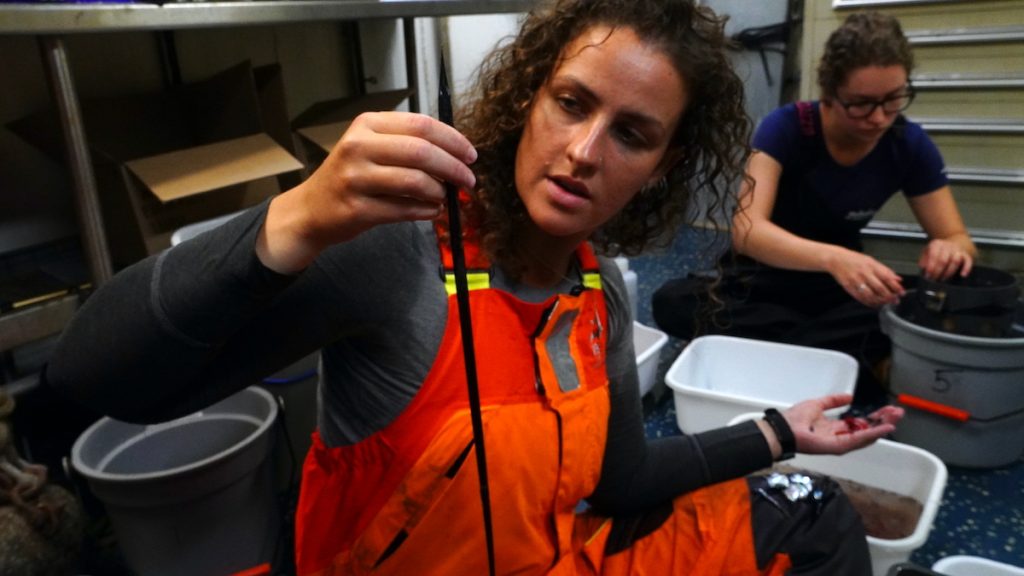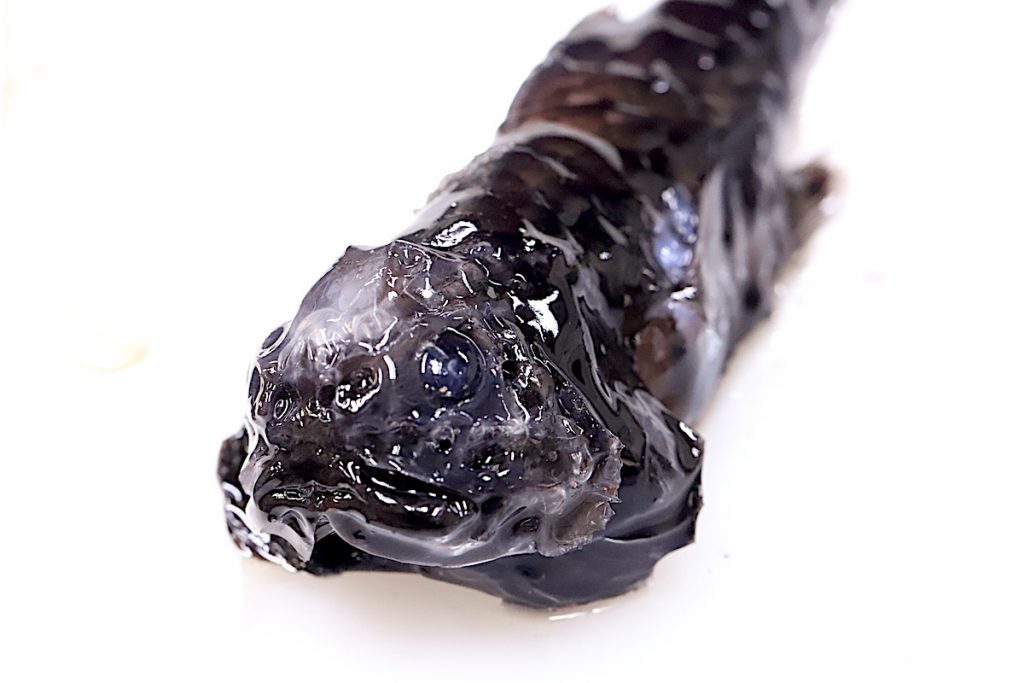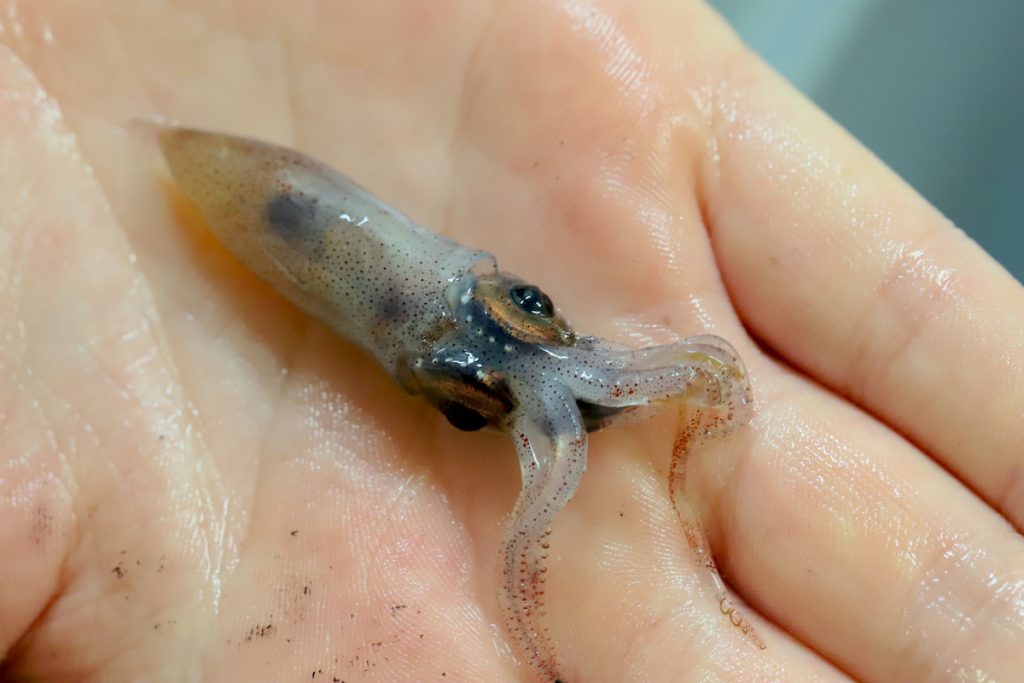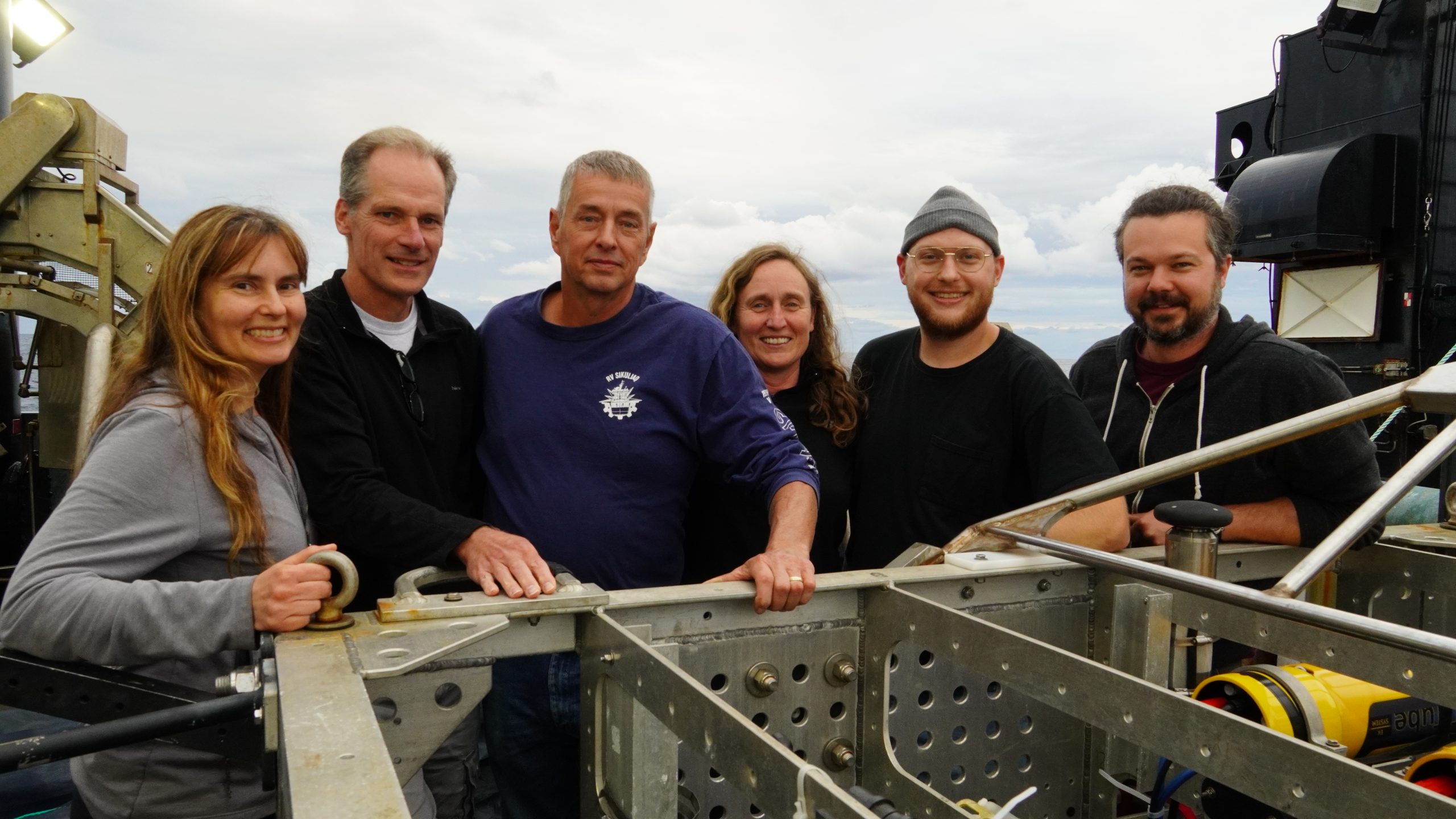Field Notes: Bigelow wraps up August 18, 2022
As the NOAA ship Bigelow heads back to port—and R/V Endeavor continues its last few days of fieldwork—we're reflecting on all that has been accomplished so far during our two weeks at sea.
This voyage was historic from the start, with multiple ships (R/V Endeavor , NOAAS Bigelow, and F/V Monica) coordinating simultaneous operations. Together, they've worked to find out as much as possible about the daily migration of animal life that takes place in the twilight zone and its role in moving carbon from the surface into the deep 0cean.
It hasn't always been easy. When a winch malfunction halted operations on the Bigelow early on during the cruise, researchers feared that data collection would be derailed. Engineers and scientists found creative solutions, however, ensuring that meaningful research continued unabated. Instead of using a carefully-programmed automation system, the ships' crew manually wound the ship's winch to the depths scientists required—a feat that is especially challenging in open seas. In some ways, the difficulty of deploying gear in this way made the scientists more deliberate and intentional with their efforts, says WHOI senior scientist Andone Lavery.
“For me, the highlight was the cruise pulling together after so many challenges,” says Lavery. “There were a few days where I was convinced we weren’t going to collect any data. But the crew got out there, hand-winding the winch. This caused us to be more laser-focused on the areas we wanted to focus on.”
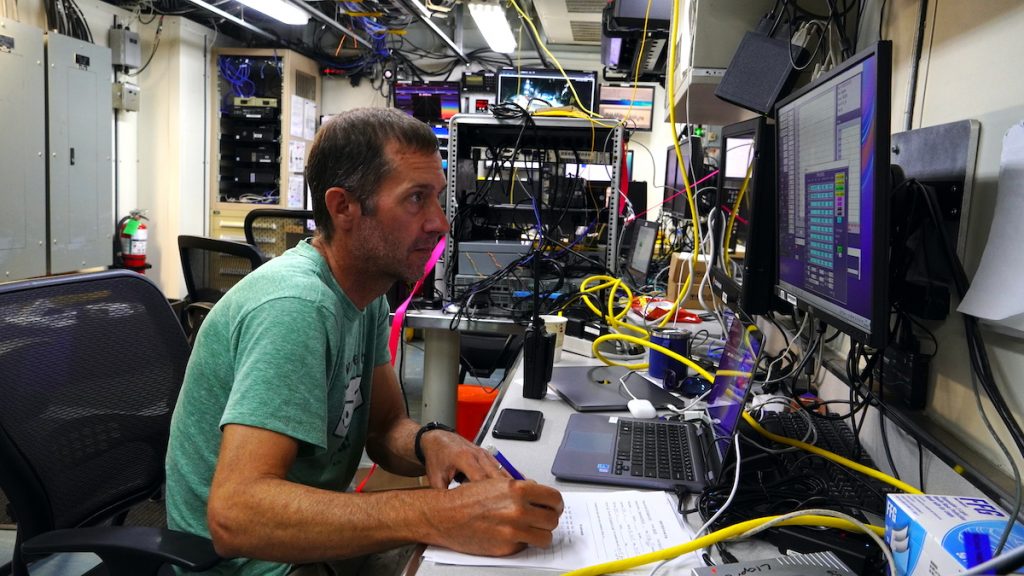
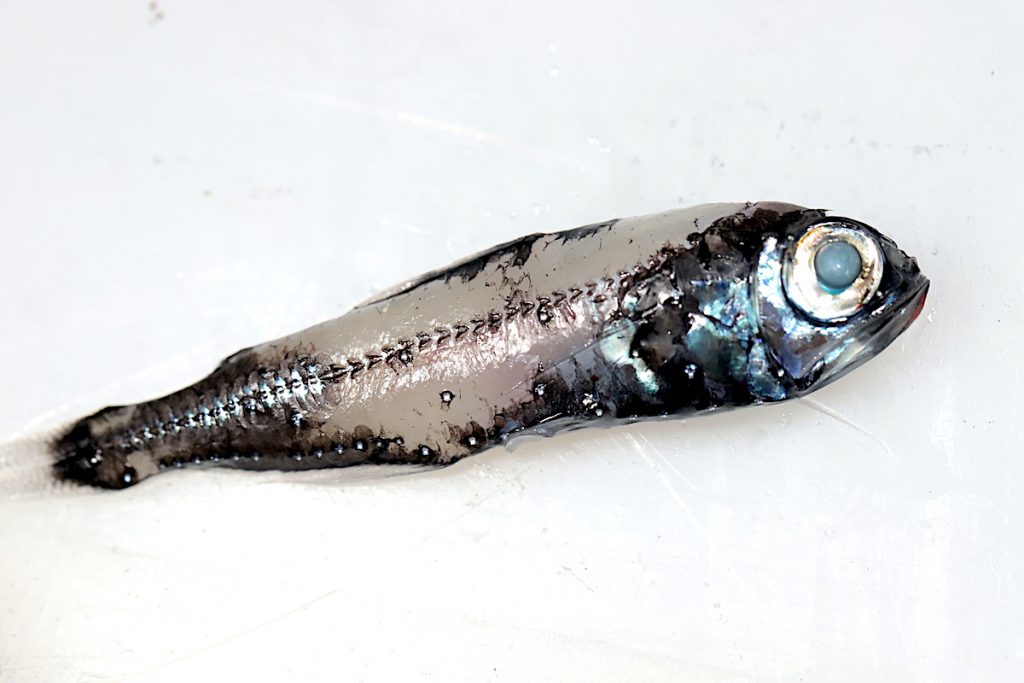
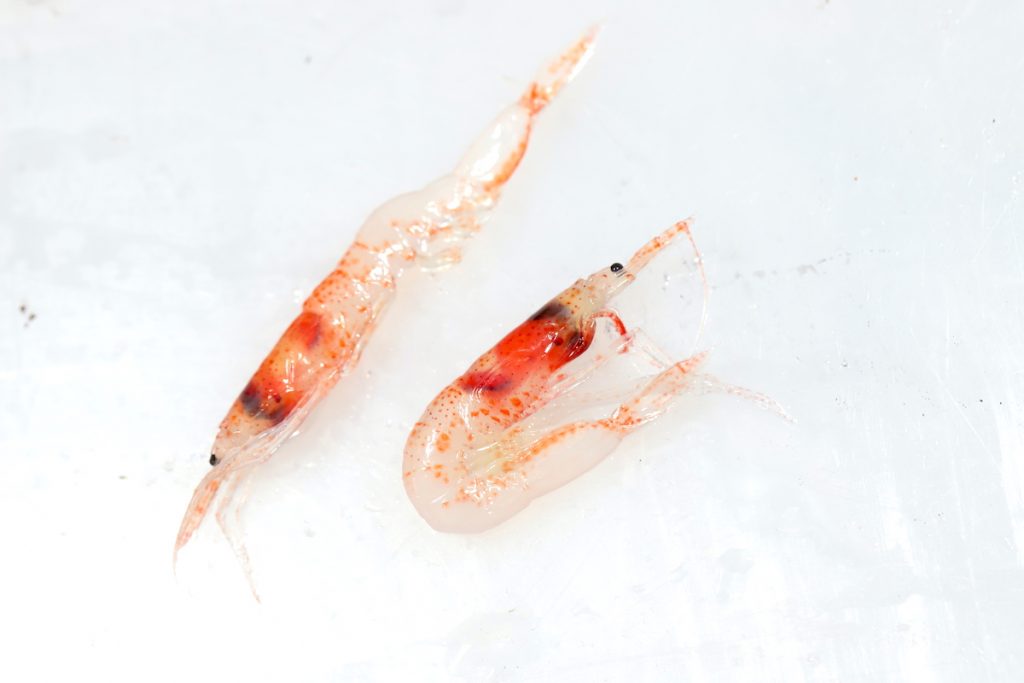
That laser focus translated into some incredible data, including physical samples of zooplankton and fish from the team's MOCNESS tow net. Using the ship’s multibeam sonar, OTZ scientists were able to identify specific layers of migrating orgnanisms and send their nets down into them. The animals they brought up will help to reveal how and why vertical migration from the twilight zone takes place each day.
As an example, says Kayla Gardner, a PhD student in OTZ biologist Simon Thorrold’s lab, “The layers of krill we saw were really distinct. A certain depth-layer net would come up with a ton of krill, meaning that they were hanging out at that discrete depth.”
Over the next several months, Gardner will be analyzing those samples, searching for specific isotopes that can show how carbon moves through the twilight zone’s food web—and how it is eventually sequestered in the deep ocean. “We got more zooplankton and [fish] species than ever before, so hopefully we’ll be able to get some additional information about which organisms are eating each other, and how that affects the flow of carbon in the twilight zone” she says.
Scientists were also able to home in on specific areas of the twilight zone by coordinating acoustic signals from both the ship’s multibeam sonar and the Deep-See towed platform. At the surface, the ship's sonar provided a high-level view of migrating layers, while Deep-See simultaneously gathered detailed close-up acoustic signals of those same organisms from within each layer. By comparing this data, the team will be able to reveal what types of organisms the ship's sonar actually shows—making it a far more powerful tool for understanding vertical migration in the future.
The process came with a few surprises. For Lavery, the most exciting discovery of the cruise was unexpectedly finding clusters, or aggregations, of migrating zooplankton. “This was interesting because zooplankton are not visible in the shipboard systems, and people tend to think of them as being fairly distributed in the water, but [using Deep-See,] we actually saw aggregations,” she said. “Because of the winch problems, we didn’t couldn't Deep-See quite as deep as we had on past cruises, but we did find a lot of variability and patchiness in zooplankton grouping.”
Once the team returns to shore, the researchers will examine the data they've collected with all their instruments, and will use it to determine how and why this phenomenon is occuring. Doing so will mean combining data from net tows, acoustic sensors, and environmental DNA (eDNA) gathered from the water as well. This last piece of the puzzle will help scientists pinpoint the exact species that are showing up on sonar scans—and reveal which ones the net tows may be missing.
“Our hard work starts when we’re back in the lab, starting sequencing, and finally getting to look at the data. We have that delayed gratification of knowing what we got,” said WHOI biologist Annette Govindarajan, who is spearheading the eDNA collection and analysis. “I’m really looking forward to putting my data together with Andone’s and Joel’s, and comparing it to the data and samples that were collected on the Endeavor.”
This phase of the expedition may be winding down, but the real challenge—making sense of all that informaion—has only just begun.








